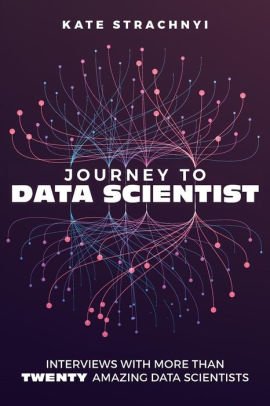Jeff Sloan - Better Analytics through Product Management Principles
/Listen to the Episode
Subscribe to the Podcast
Episode Summary
“The best analysis for YOU might not be the best analysis for your USER. Make sure you think about the outcomes that you’re trying to drive.”
Today, on the podcast we’re trying something a little different. For those who may not know, Dave has been travelling through Africa and Europe the past 2.5 months as a part of a program called Remote Year.
During his time in Cape Town South Africa, Dave was introduced to our next guest, Jeff Sloan who is also a part of Remote Year. Jeff is a self-prescribed Data Product Manager and they thought it would be fun to try recording some of their conversations.
They headed over to a local coffee shop and set up the mic and started chatting about data, business intelligence, product management and how these disciplines are starting to intersect.
If you hear banging dishes or cars driving by, feel free to imagine sitting outside sipping latte’s on a lovely warm day in an open-air coffee shop in downtown Cape Town, South Africa.
So, what is a “Data Product Manager”, exactly?
According to Jeff, this role is responsible for thinking about the data infrastructure of the entire organization, mapping out the flows, sources, and storage platforms for both internal and external data. It’s the first step in empowering things like Machine Learning, AI, and A/B testing across the organization.
Jeff loves data, but he feels like many of the traditional ways that organizations use data and analytics today could be even better. That’s why he’s so interested in bringing product management concepts to data to deliver more value and better, more integrated insights. Product management tools like SCRUM, backlog grooming, and user experience can all play a role in driving more value.
“It’s important to understand where your [internal or external] customers are coming from. The more we can understand what they need and how they need it, the better we will be as data people… We need to take them along on this journey to using data.” How do we do this? Jeff recommends starting with the business question and then working backwards from there, in an iterative and agile way. This will ensure that the insight/analytics produced meets the needs.
Thanks for sitting down for coffee, Jeff. And good luck on the rest of your Remote Year travels!
More about Jeff Sloan
Connect on LinkedIn: in/jeffreymsloan
Links and References
Slack - DBT Slack Community (DBT = Data Built Tools)
Meetup - London DBT Meetup Group
Consulting Group - Fishtown Analytics
Book - The Secret History by Donna Tartt
Book - The Coaching Habits by Michael Bungay Stanier
Blog - Locally Optimistic
Jeff’s Company - eMoove UK Online Real Estate Agent








